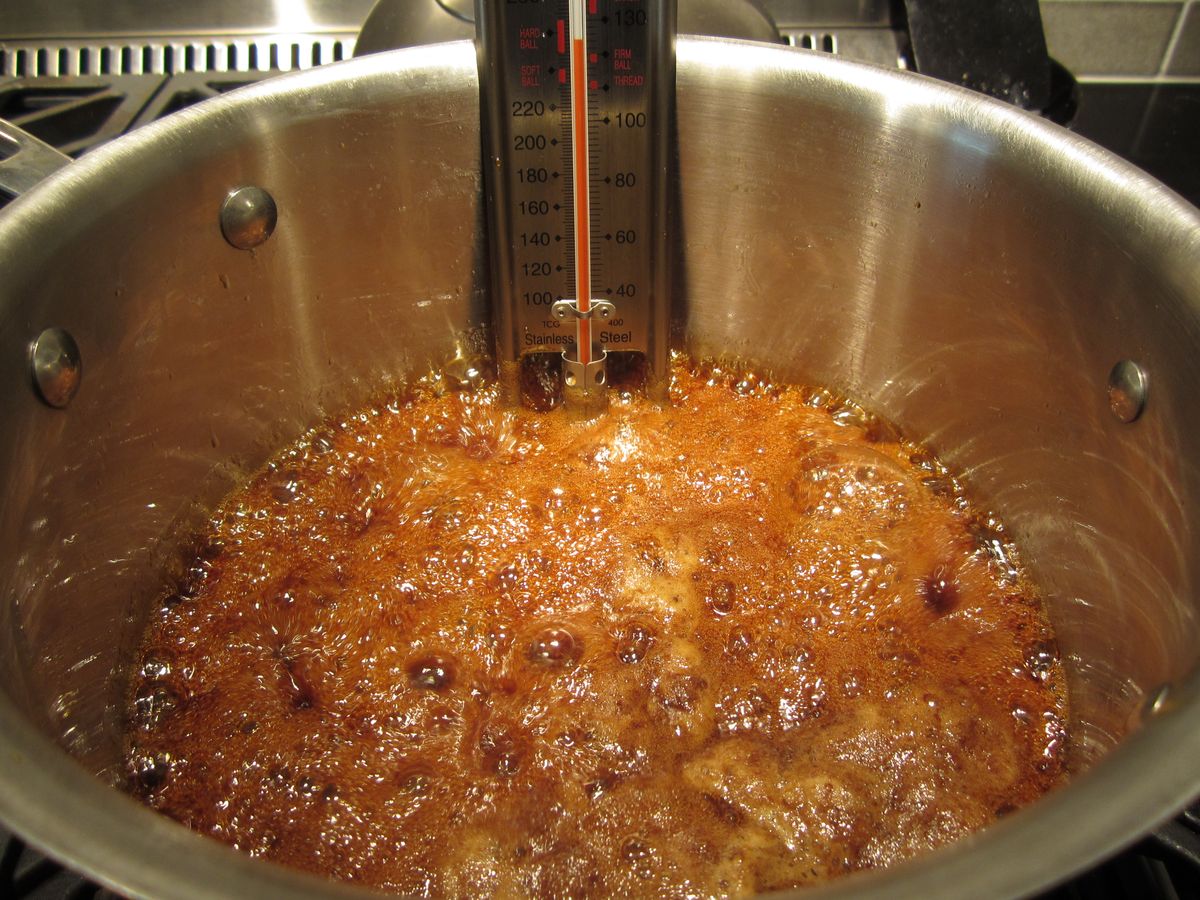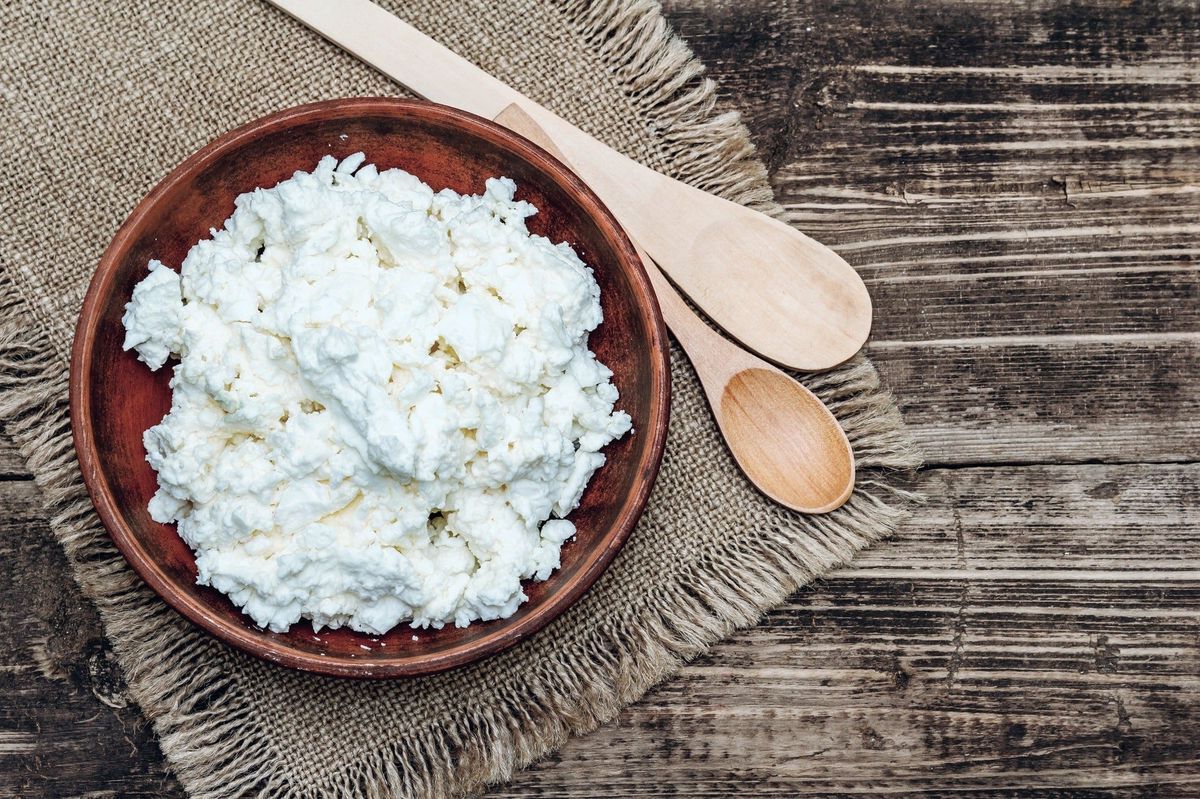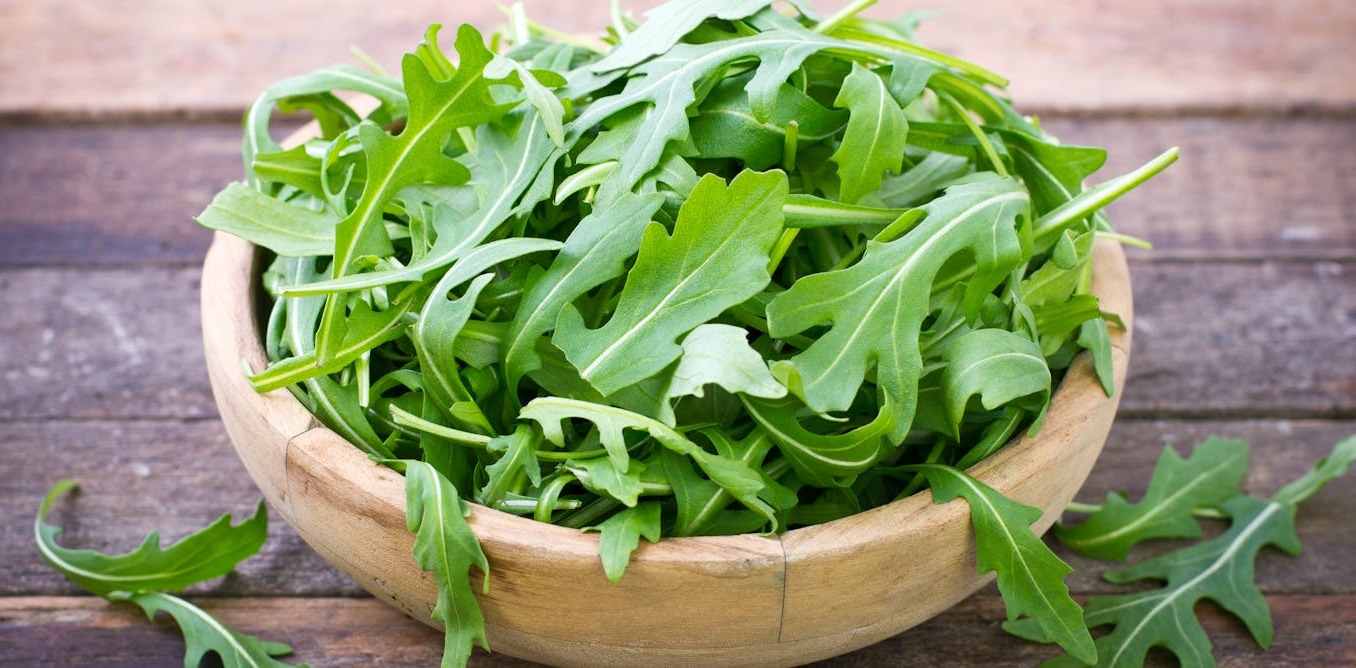When it comes to cooking, tomatoes are a staple ingredient in many dishes. They can be used in sauces, soups, stews, and more. One form of tomatoes that is commonly used in cooking is tomato pulp. But what exactly is tomato pulp, and how is it used in the kitchen? Let's take a closer look at this versatile ingredient.
What Is Tomato Pulp?
Tomato pulp is the inner flesh and seeds of the tomato that have been strained to remove the skin and any large pieces. This results in a smooth, thick liquid that is rich in flavor and nutrients. It is often used as a base for sauces, soups, and other tomato-based dishes.
How Is Tomato Pulp Made?
The process of making tomato pulp begins with ripe tomatoes. The tomatoes are first washed and then blanched in hot water to loosen the skin. Once the skin is easily removable, the tomatoes are peeled and the seeds are removed. The remaining flesh is then pureed or strained to create a smooth, thick liquid, which is the tomato pulp.
Uses of Tomato Pulp
Tomato pulp is a versatile ingredient that can be used in a variety of dishes. Some common uses include:
-
Sauces: Tomato pulp forms the base of many pasta sauces, pizza sauces, and other tomato-based sauces. Its smooth texture and rich flavor make it an ideal starting point for creating delicious, savory sauces.
-
Soups: Tomato pulp can be used to add depth and richness to soups and stews. Its concentrated flavor can elevate the taste of a simple tomato soup or be used as a key ingredient in more complex soup recipes.
-
Stews and Braises: When making hearty stews and braised dishes, tomato pulp can be added to create a flavorful and robust sauce that complements the other ingredients.
-
Curries: In many Indian and Southeast Asian dishes, tomato pulp is used to add acidity and depth to curries and other spicy dishes.
Nutritional Benefits of Tomato Pulp
Tomato pulp is not only delicious but also packed with nutrients. It is a good source of vitamins such as vitamin C, vitamin K, and vitamin A. It also contains antioxidants such as lycopene, which has been linked to various health benefits, including reducing the risk of certain chronic diseases.
Conclusion
In conclusion, tomato pulp is a valuable ingredient in the kitchen. Its rich flavor, smooth texture, and nutritional benefits make it a popular choice for a wide range of dishes. Whether you're making a classic marinara sauce, a hearty stew, or a spicy curry, tomato pulp can add depth and complexity to your cooking. So, the next time you're in the kitchen, consider reaching for a can or jar of tomato pulp to elevate your culinary creations.
Was this page helpful?
Read Next: What Is Santa Fe Chicken?











